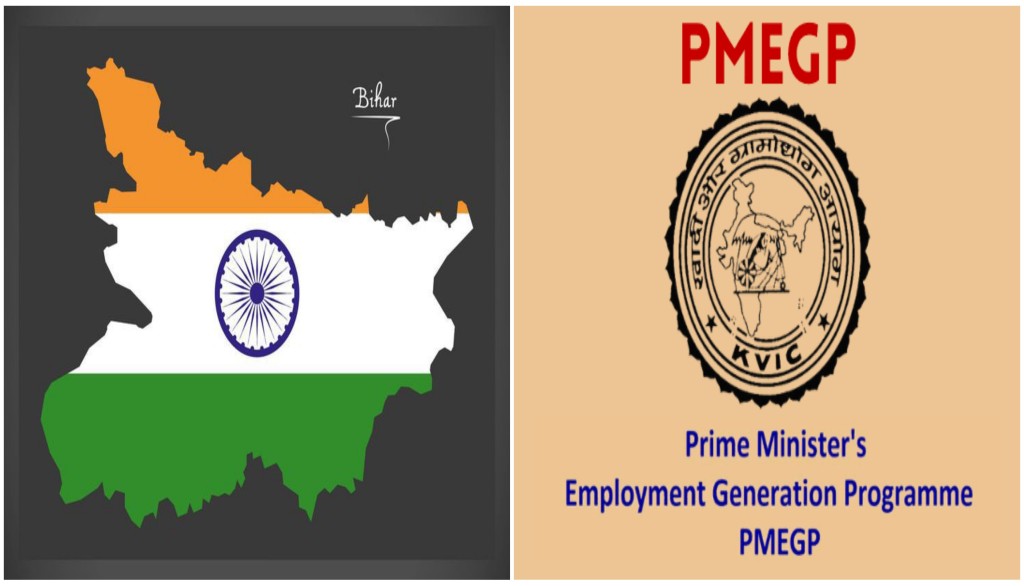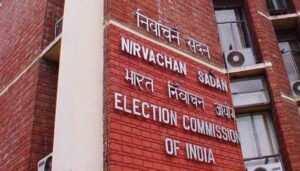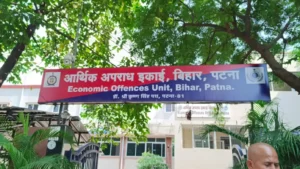
Patna: Bihar has emerged as one of the top-performing states under the Prime Minister Employment Generation Programme (PMEGP), securing third place nationally in loan approvals and the top spot in the scrutiny and processing of applications.
In the financial year 2024–25, the state’s Industries Department received over 35,406 loan applications under the PMEGP scheme. Of these, 8,077 applications were approved by banks, with sanctioned loans amounting to Rs 1,489.9 crore. The state has recorded a sanction rate of 115%, the highest in the country—a testament to efficient implementation and high uptake.
Jammu and Kashmir and Tamil Nadu ranked first and second respectively in overall PMEGP performance, with Bihar following closely behind.
Bihar Leads in Application Scrutiny
While the state ranks third in the total number of approved applications, it has secured first position in the country for scrutiny and processing, an indicator of administrative efficiency. Bihar’s proactive role in supporting young entrepreneurs has been credited for this success.
“It is a matter of pride that Bihar has secured the third position in the implementation of PMEGP. A large number of youth are now turning to self-employment, and the scheme is proving effective in making them self-reliant,” said Nitish Mishra, Minister for Industries, Government of Bihar.
PMEGP: Supporting New Projects and First-Time Entrepreneurs
The PMEGP scheme aims to promote self-employment among unemployed youth by offering bank loans of up to Rs 50 lakh for new business ventures. To qualify, applicants must be at least 18 years old and have completed at least class 8. Those who have already availed of government subsidies under previous loan schemes are not eligible.
Crucially, the scheme supports only new projects, not existing enterprises. General category applicants are eligible for 15% subsidy in urban areas and 25% in rural areas, while reserved categories—including SC, ST, OBC, women, minorities, and persons with disabilities—can receive up to 35% subsidy in rural regions.
Employment and Self-Reliance
The success of the scheme in Bihar reflects a growing trend of young people choosing entrepreneurship over traditional job markets. Officials highlight this as a positive step toward reducing unemployment and strengthening the rural economy through grassroots enterprise.





